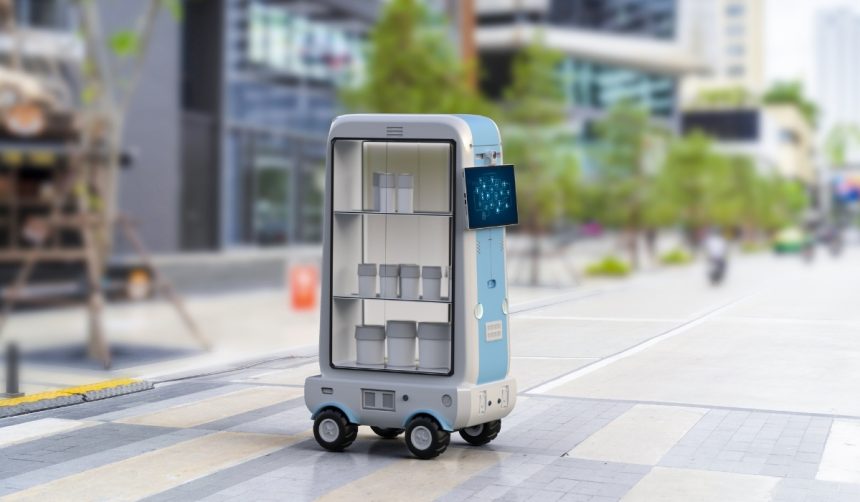Industrial robots are increasingly present in warehouses and factories, yet their ability to sense and interpret complex environments continues to face challenges. In response, Advantech and D3 Embedded have announced a partnership intended to boost perception and computational functions for autonomous mobile robots (AMRs). This alliance seeks to harness advanced vision and processing technologies to create more reliable and adaptable robotic systems suited for demanding industrial settings. The use of high-performance cameras, cutting-edge processors, and modular platforms is at the core of this joint approach, signaling potential for streamlined operations across various sectors.
Advantech previously introduced machine vision platforms for AMRs focused primarily on sensor hardware and embedded computing. Recent announcements show a shift towards deeper integration and customizability, facilitated by D3 Embedded’s modular design and rapid development cycles. RealSense cameras were previously used in isolation, but their combination now with the DesignCore Discovery cameras enables broader sensing capabilities. There has also been movement toward support for the ROS ecosystem and scalable solutions capable of interfacing with both Intel and NVIDIA GPUs, expanding possibilities for software developers and hardware integrators alike.
What platforms are being integrated in this partnership?
The collaboration combines Advantech’s AFE-R360 and AFE-R760 systems, powered by Intel Core Ultra processors, with RealSense Depth D457 cameras for enhanced stereo vision. D3 Embedded’s DesignCore Discovery PRO Series cameras are included to augment AI-enabled object detection and recognition, leveraging Sony’s ISX031 sensor with robust IP67 protection. Together, these platforms offer support for up to six GMSL cameras, providing a 360-degree panoramic view and high dynamic range imaging, useful for robots operating in diverse lighting conditions.
How does this integration support rapid deployment of edge solutions?
The integrated vision and computing platform allows for quick onboarding of sensors through Advantech’s custom I/O cards and compatibility with ROS nodes, simplifying data collection for developers. Integration with D3 Embedded’s DesignCore platforms and development process is intended to help clients bring new AMR solutions to market efficiently, minimizing technical risk and enhancing scalability. The architecture also enables connectivity to external GPUs, such as Intel Arc and NVIDIA Quadro, which allows for increased AI performance when handling complex real-time tasks.
“Our collaboration with D3 Embedded brings together cutting-edge compute and sensing technologies to empower AMRs with the vision and performance needed for true autonomy,”
as emphasized by Sandy Chen, senior director at Advantech North America.
What industry needs are addressed through this collaboration?
Both companies indicate that the solution targets AMRs in warehousing, manufacturing, and retail. The system’s adaptability to demanding conditions—through features like high-bandwidth stereo vision and low-latency multi-camera inputs—offers value across multiple use cases. D3 Embedded also commits to providing the tools and services needed for market acceleration and solution scalability.
“By collaborating with Advantech on this AMR package, D3 Embedded can help customers get their unique products to market faster and deploy edge solutions at scale,”
said Scott Reardon, CEO of D3 Embedded.
The strategic partnership between Advantech and D3 Embedded reflects continued efforts by technology providers to address evolving needs in industrial robotics. By moving beyond basic hardware integration toward a more comprehensive platform involving AI, customizable vision systems, and software integration, this approach facilitates tailored automation solutions for various industrial environments. Notably, the emphasis on rapid deployment and scalability responds directly to ongoing pressures for efficiency and adaptability in logistics, manufacturing, and other sectors reliant on robotic systems. Decision makers aiming to deploy or upgrade AMR fleets may find these developments particularly relevant when considering investment in robotics infrastructure, as solutions designed for flexibility, modularity, and performance often lead to shorter deployment cycles and long-term adaptability in fast-changing environments.










